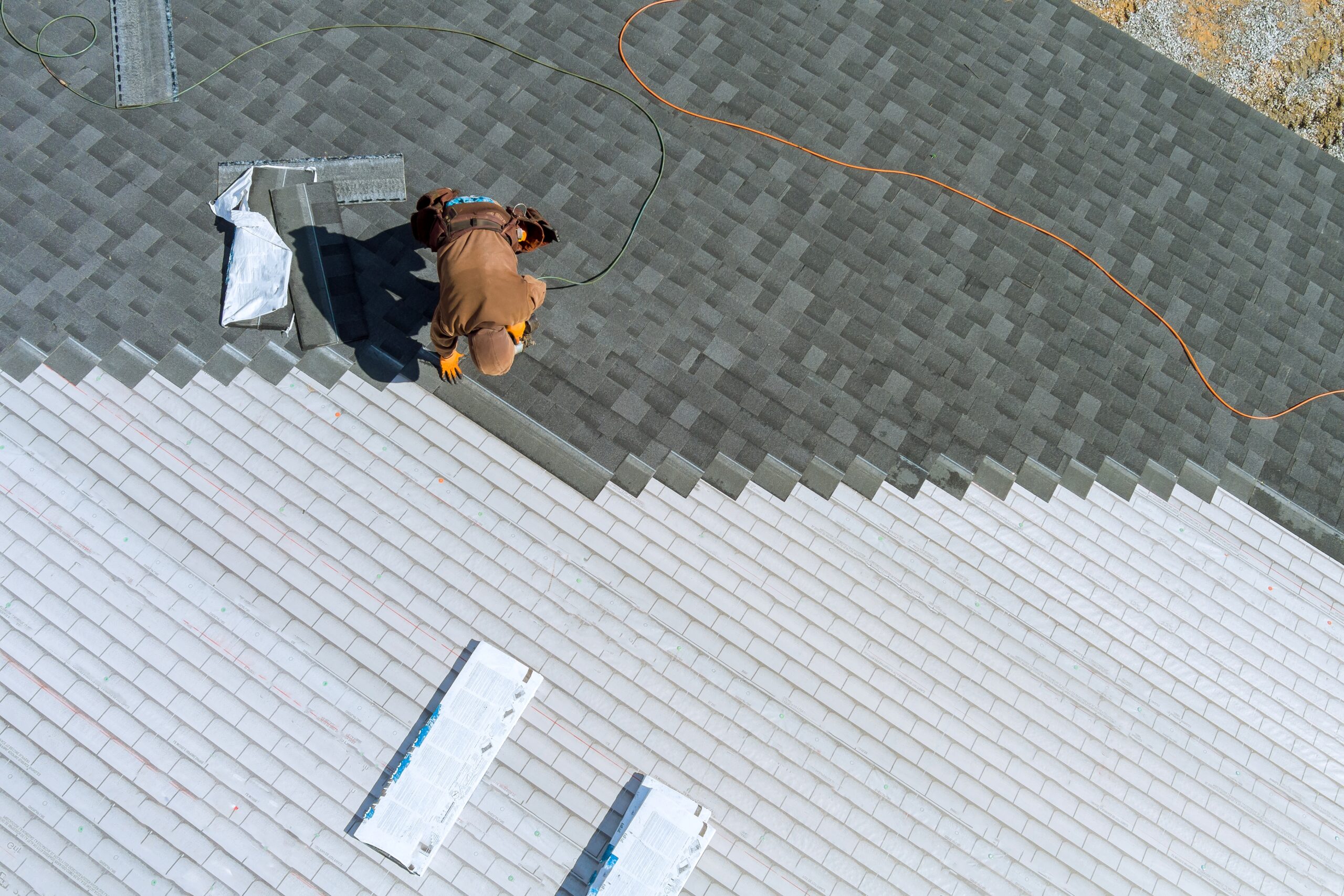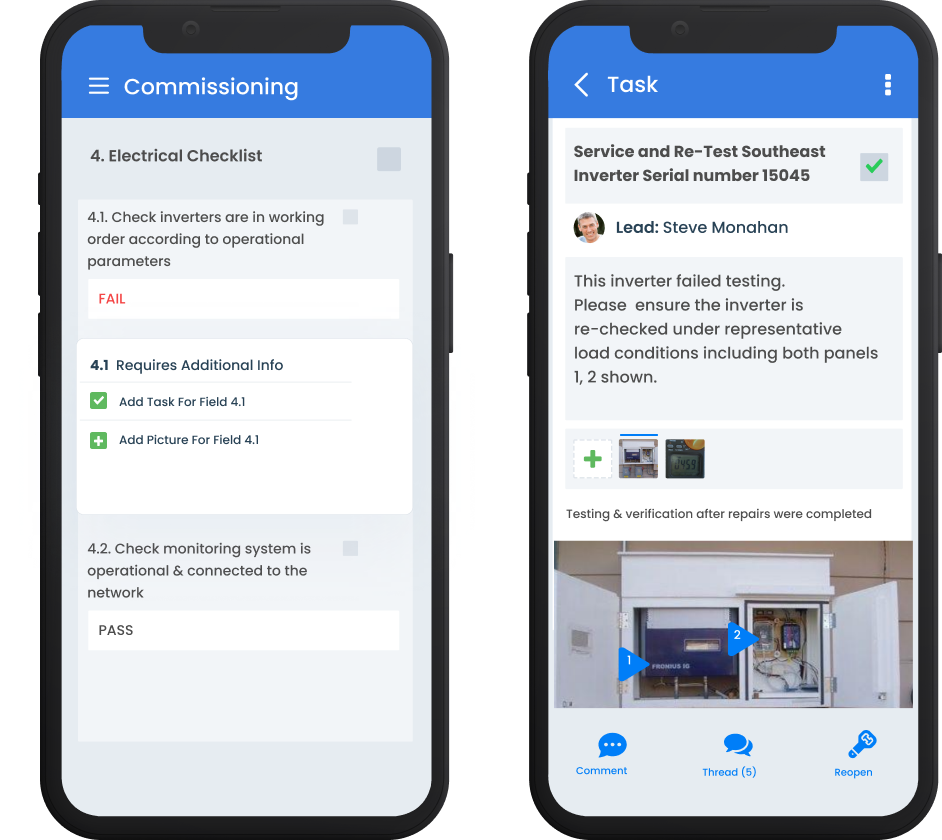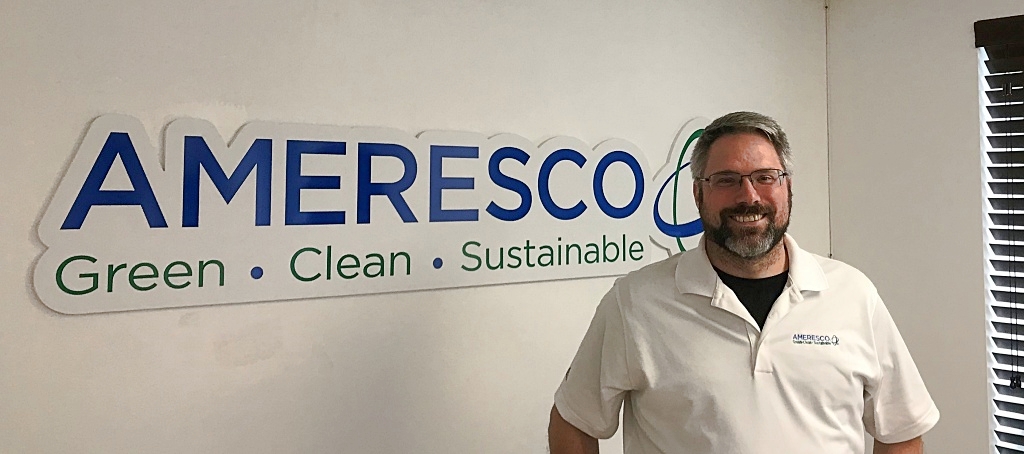Roofing contractors have always struggled to convert past clients into repeat customers. It’s simply the nature of the industry; when you install products that last 20-30 years, that’s a really long time to wait for a customer to purchase again. It’s an attractive hurdle to overcome because the conversion rate for existing clients is so much higher than new clients. Forbes suggests an average conversion of 60-70% for existing clients vs. 5-20% for new ones.

While in the roofing industry, I’ve witnessed some very innovative solutions to this problem, primarily roofers branching out into multiple profit centers. Some that I have seen include:
- Siding
- Soffit / Fascia / Trough
- Windows
- Exterior Painting
- Gutter Covers
- Snow Removal
- Even Holiday Lights!
However, the current trend I am witnessing doesn’t include any of those. What I am seeing now are roofing contractors capitalizing on the high demand for solar installations. The solar industry is booming, and with all the crossovers between the two trades, it makes sense that roofing companies are jumping at the opportunity to profit from it.
The gold rush in solar is underway, and if you are an established roofing contractor, you have an enormous advantage. In this article, I outline the five ways you are already set up to install solar and how you can quickly fill in the gaps.
1. You Already Have the Equipment to Install Solar Panels
Solar panels are installed in two formats: ground mount and roof mount. Most customers don’t have the physical space to install them on the ground, so roof mount is the most common. As you know, working at heights is not easy or cheap. However, as a roofer, you are already well-equipped.
You likely already own a fleet of trucks, ladders of various lengths, mobile work platforms, scaffolding and safety equipment to operate your roofing company, the same equipment you’ll need to install solar. Compared to a company just starting in the solar industry, you have already made the financial investment required when starting a new business.
2. Training Roofers to Install Solar Panels is Easy
I know how difficult it is to find, train and keep good installers. The good news is you should be able to train your existing staff on installing solar panels reasonably quickly and easily. There are two main components to a solar installation: Mechanical and Electrical. While the electrical installation will require dedicated personnel properly trained in the associated hazards, roofers can complete the mechanical installation.

The most challenging aspects of the mechanical installation process are maneuvering large pieces of material, ensuring the installation is watertight and doing it all at heights. There is arguably nobody better trained and experienced in all those aspects than a roofer.
Since the mechanical installation is the most time-consuming of the installation process, you could use your existing workforce to accomplish that work and have an electrician follow behind them, connecting and commissioning the system.
3. Your Insurance Premiums Shouldn’t Be Affected
You and I know that insurance is your most significant expense next to material and labor. This often surprises new contractors just starting in the solar industry who expect minimal premiums for their fleet, liability and workers’ compensation. They need to realize that due to the elevated levels of risk, roofers and electricians often face the highest premiums within the construction industry.
Your company, however, has already accounted for these costs in your overhead and won’t be shocked when the bill arrives. In most cases, depending on your existing policy, you shouldn’t experience any additional increases.
4. Roofers are Well Positioned to Market to Their Existing Client Base
Unlike a new company just starting, you already have an existing database of clients who have an established level of trust with you. Whether your primary area of focus is commercial or residential, you can market to your entire client base, covering all of your years in business.
In addition to the increased likelihood that they will take your call and believe what you tell them, a homeowner has additional benefits in signing with a professional roofing company to install their solar panels. A few of my years in roofing were spent managing a service department, and I can’t tell you how many times my teams diagnosed the cause of a leak due to solar panel installations.

Choosing a professional roofing contractor seems obvious when hiring someone to put holes in your roof and make them watertight. Any who still have workmanship warranties in place with you should remain intact, as opposed to being voided by third-party intervention.
5. Save Time and Money by Providing Digital Quotes
My old boss used to say it cost him $250 every time our crew had to take a ladder off their truck. That was ten years ago, so I’m sure it’s even more now. You save time and money if you can avoid sending someone to the site before a contract is signed.
Depending on your record keeping, you likely already have information on the size, slope, material and access points of your customer’s roof. Having this information at your fingertips means you can get more quotes to prospective clients faster, as it can all be handled virtually, with no ladders required.
Once a contract is signed, you will still need to send someone to review their electrical panel and take some updated photos, but that will be accounted for in the job cost as the deal is closed.
Closing The Knowledge Gaps Between Roofing and Solar
While the overlap between the two industries is quite significant, there are two primary differences you should be aware of:
1. Creating Solar Designs
A significant component in a solar panel installation is having a site-specific design in place. Although this may feel overwhelming to someone new to the industry, it doesn’t have to be. Some solar installation companies have their designs completed in-house, but many send the work to third-party design teams. Many pieces of software are dedicated to providing you with solar designs, such as Aurora.
2. Applying for Permits
Unlike roofing projects, solar installations require a permit from your ‘Authority Having Jurisdiction,’ commonly referred to as an AHJ. To stay on top of your local regulations and solar-specific requirements, you will need to dedicate someone on your administrative team to manage permits. There will be a learning curve here, but it is manageable as long as you have someone on your team who can dedicate time to picking it up.
How Scoop Can Help Roofing Contractors
Scoop is a software-as-a-service project management platform dedicated to helping solar and renewable energy contractors automate their workflows, saving them time and money. Our platform comes with solar-specific app templates, including design and permitting, which will help you in the areas you need it most.

We integrate with other tech stacks, including solar design programs, so that you can work seamlessly between platforms. We can also integrate with your existing CRM so you can quickly grab info from your past customers and populate it in Scoop.
Best of all, Scoop is entirely customizable, meaning you can set up workflows for solar projects, roofing and solar projects and even roofing-only projects!
Roofers worldwide are transitioning into the solar industry as an additional profit center because of its natural and quick progression from the roofing trade. Scoop can help you get started; here’s what to do next:
- Learn more about Residential Solar project management
- Learn more about Commercial Solar project management
- Book a Demo
About the Author
Sue Drummond has worked at multiple roofing companies over the past two decades and is passionate about helping all contractors save time and money through technology. As the Customer Success Team Lead at Scoop Solar, she helps clients automate their existing workflows to create efficiencies and better manage their projects. She is a mom to three boys and lives near Toronto, Canada.


